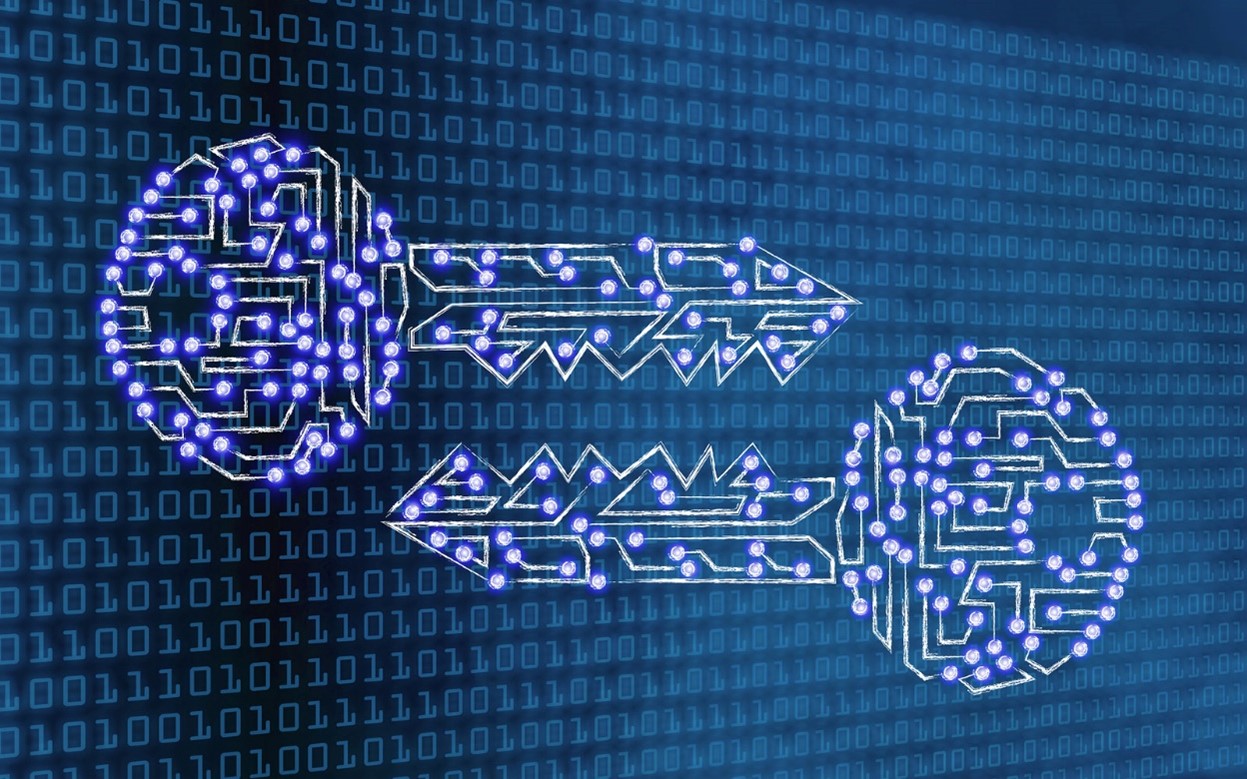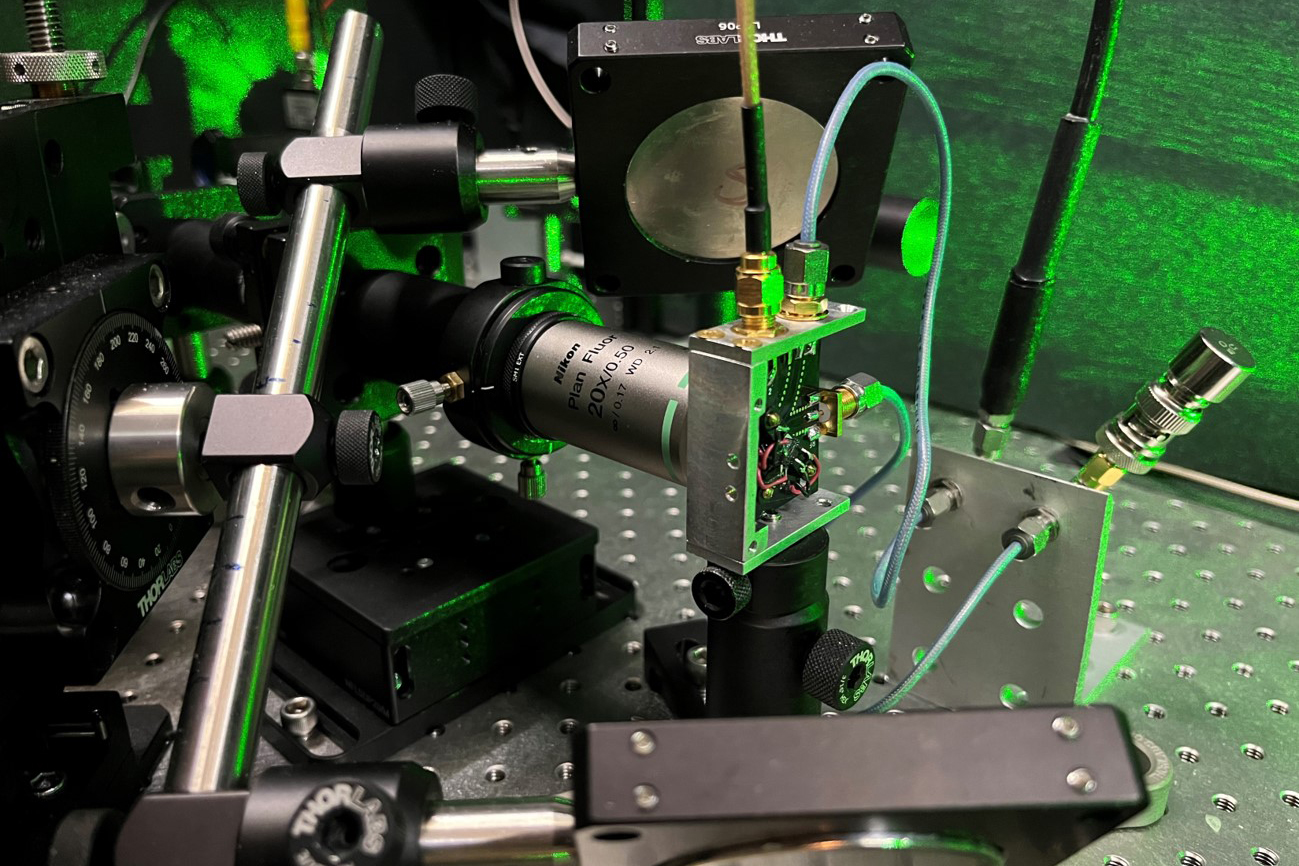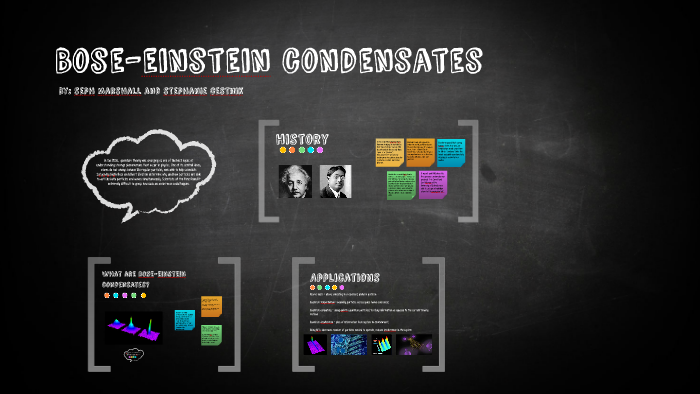In the realm of quantum physics, a groundbreaking technology has emerged that promises to revolutionize the world of cybersecurity. Quantum cryptography, often referred to as quantum encryption, represents the next frontier in data protection. Unlike classical encryption methods that rely on mathematical complexity, quantum cryptography leverages the fundamental principles of quantum mechanics to create unbreakable codes. In this blog post, we’ll delve into the fascinating world of quantum cryptography, exploring its principles, applications, and potential impact on the future of cybersecurity.
The Quantum Revolution
To understand quantum cryptography, we must first grasp the foundational concepts of quantum mechanics. At its core, quantum mechanics describes the behavior of particles at the quantum level, which can exhibit properties like superposition and entanglement. These properties, while bizarre from a classical perspective, form the basis of quantum cryptography.
Superposition: In classical physics, a bit can exist in one of two states: 0 or 1. However, in the quantum realm, a quantum bit or qubit can exist in a superposition of both states simultaneously. This unique property allows quantum computers to perform complex calculations at speeds unimaginable to classical computers.
Entanglement: Quantum entanglement is another phenomenon where two or more particles become interconnected in such a way that the state of one particle instantly influences the state of another, even when they are separated by vast distances. This property forms the backbone of secure quantum communication.
Quantum Key Distribution (QKD)
One of the primary applications of quantum cryptography is Quantum Key Distribution (QKD). Traditional encryption methods rely on mathematical algorithms to encode and decode messages. While these algorithms can be extremely complex, determined attackers armed with powerful computers can potentially break them through brute force or clever mathematical techniques.
QKD, on the other hand, offers a fundamentally different approach. It uses quantum properties to create cryptographic keys that are impervious to decryption by classical computers. Here’s how it works:
Key Generation: In a QKD system, Alice and Bob (the sender and receiver) use a quantum channel to exchange qubits. Due to the principles of quantum mechanics, any attempt to eavesdrop on this channel will disturb the qubits, alerting Alice and Bob to the presence of an intruder.
Quantum Measurement: After exchanging qubits, Alice and Bob measure the qubits to determine their states. This measurement process is inherently probabilistic, making it impossible for an eavesdropper, Eve, to obtain the exact quantum states without detection.
Key Verification: Alice and Bob compare a subset of their qubit measurements to check for discrepancies. If no discrepancies are found, they can be reasonably certain that their key exchange is secure. Any discrepancies would indicate potential eavesdropping attempts.
Secure Communication: With a verified quantum key in hand, Alice and Bob can now use it to encrypt and decrypt their messages using classical encryption algorithms. Since the quantum key is unbreakable, the security of their communication is ensured.
Overcoming Practical Challenges
While the principles of quantum cryptography are theoretically sound, there are practical challenges to overcome before it can become a widespread technology. Some of these challenges include:
Quantum Noise: Quantum systems are inherently noisy due to various factors such as photon loss and interference. Researchers are working on error-correction techniques to mitigate these issues.
Distance Limitations: Quantum entanglement is delicate and can be maintained over relatively short distances. To extend the reach of quantum communication, technologies like quantum repeaters are being developed.
Cost and Scalability: Building and maintaining quantum communication infrastructure is currently expensive. As technology advances and economies of scale come into play, costs are expected to decrease.
Beyond Secure Communication
Quantum cryptography has the potential to revolutionize more than just secure communication. It can also impact fields such as finance, healthcare, and even elections. Here are some exciting applications:
Secure Voting: Quantum cryptography can be used to create tamper-proof voting systems, ensuring the integrity of elections.
Financial Transactions: Quantum-secure encryption can protect financial transactions, preventing data breaches and fraud.
Healthcare Data: Medical records and patient data can be securely transmitted and stored, safeguarding sensitive information.
Ethical Considerations
As with any powerful technology, quantum cryptography raises ethical questions. While it can enhance security and privacy, it can also be used for surveillance or in ways that infringe on personal freedoms. Striking the right balance between security and individual rights is a critical discussion for society to have as quantum cryptography becomes more prevalent.
The Quantum Cryptography Race
Countries and organizations around the world are actively investing in quantum cryptography research and development. The race to achieve quantum supremacy in the realm of cryptography is on, with potential geopolitical implications. It’s not just about securing data; it’s also about gaining a strategic advantage in the digital age.
Conclusion
Quantum cryptography is poised to redefine the landscape of data security, offering a level of protection previously thought to be unattainable. As researchers continue to make strides in overcoming practical challenges, we can expect to see quantum encryption systems become more accessible and integrated into our digital lives. In a world where data breaches and cyberattacks are all too common, quantum cryptography provides a glimmer of hope for a future where our information remains truly secure.
The quantum revolution is underway, and the unbreakable codes of the future are being forged in the strange and wondrous realm of quantum physics. Stay tuned for what promises to be a transformative journey in the world of cybersecurity.




